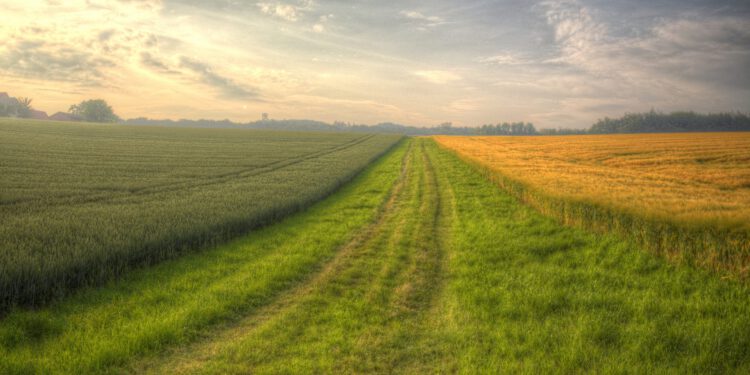A team of researchers has created a model that allows predicting how plants will grow, so that agricultural care can be better controlled.
The constant growth of the world population requires an increase in resources devoted to food production. And here agriculture plays a fundamental role. Throughout the world has begun to monitor crop growth closely. The so-called precision agriculture seeks to reduce costs to the maximum and at the same time obtain the highest yields. To do this, it calculates to the millimeter the amount of herbicide needed, the water supply and the amount of fertilizers. Not only that. Requirements are also estimated on the basis of the condition of the areas.
There are some predictive empirical models for estimate how much a crop will grow. But the accuracy of knowing how much plant biomass will increase has some weaknesses. In any case, all this knowledge is difficult to apply in closed environments.
And one of the great hopes of agriculture are vertical crops, real factories aimed at increasing production. In this case there are no models that can predict how plants will grow in the future. There is still little data on this type of crop and new simulations need to be created.
Hence, a team of researchers from the Space Center and the Center for Data-Intensive Science and Engineering, both centers belonging to the Skolkovo Institute of Science and Technology, in Moscow, have created a model to predict how plants will grow in indoor crops.
For these scientists have collected data on plant growth using 3D and 2D cameras. From a large number of images –more than 10,000 have been processed– researchers have measured the increase in biomass and the total expansion of leaves. Then the model created by the researchers established a relationship between the two parameters. So you could know how much the biomass of the plant would increase depending on how it was expanding.
This is where machine learning comes in. The prediction is in charge of this artificial intelligence technology, which is capable of extrapolate the knowledge learned to those of a new crop. The model that the researchers have created will allow to optimize the production, knowing in advance how the plants will behave.
Needless to say, the method employed by Russian scientists requires much less time than usual. There is no need to constantly take data from different parameters and perform complex calculations to establish correlations. Thanks to the cameras only images are used to make the prediction.
Images: blavandmaster









